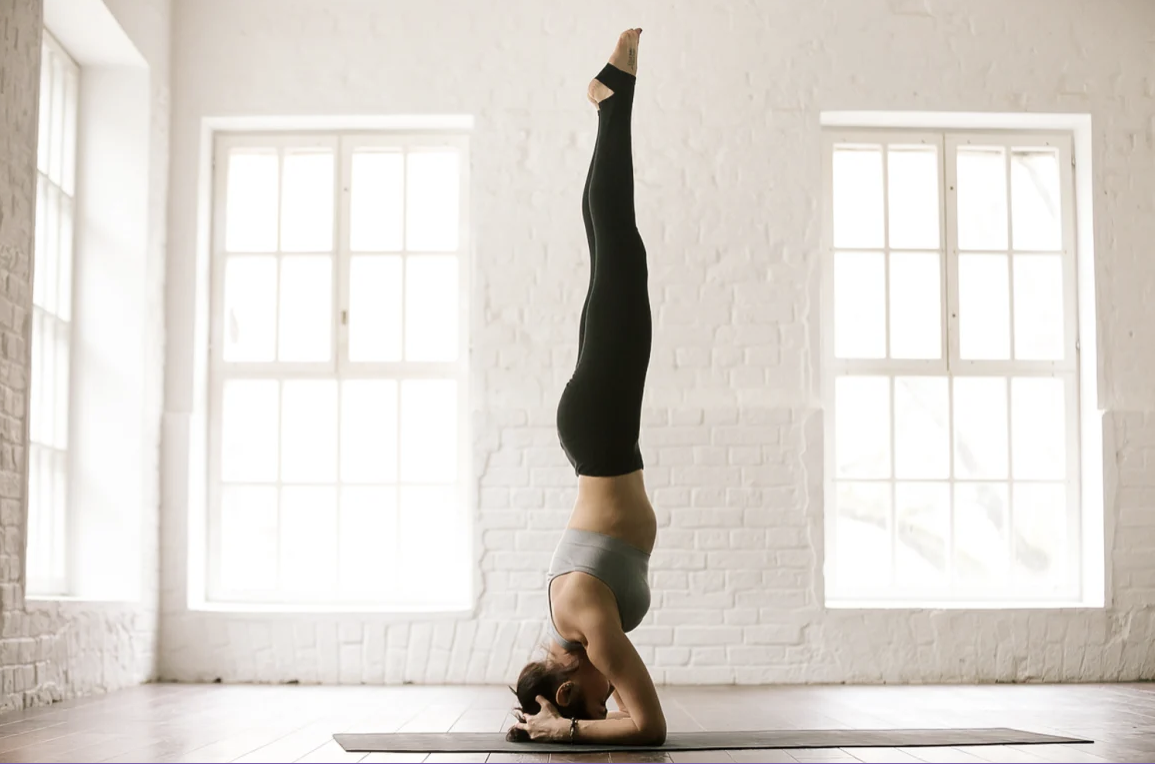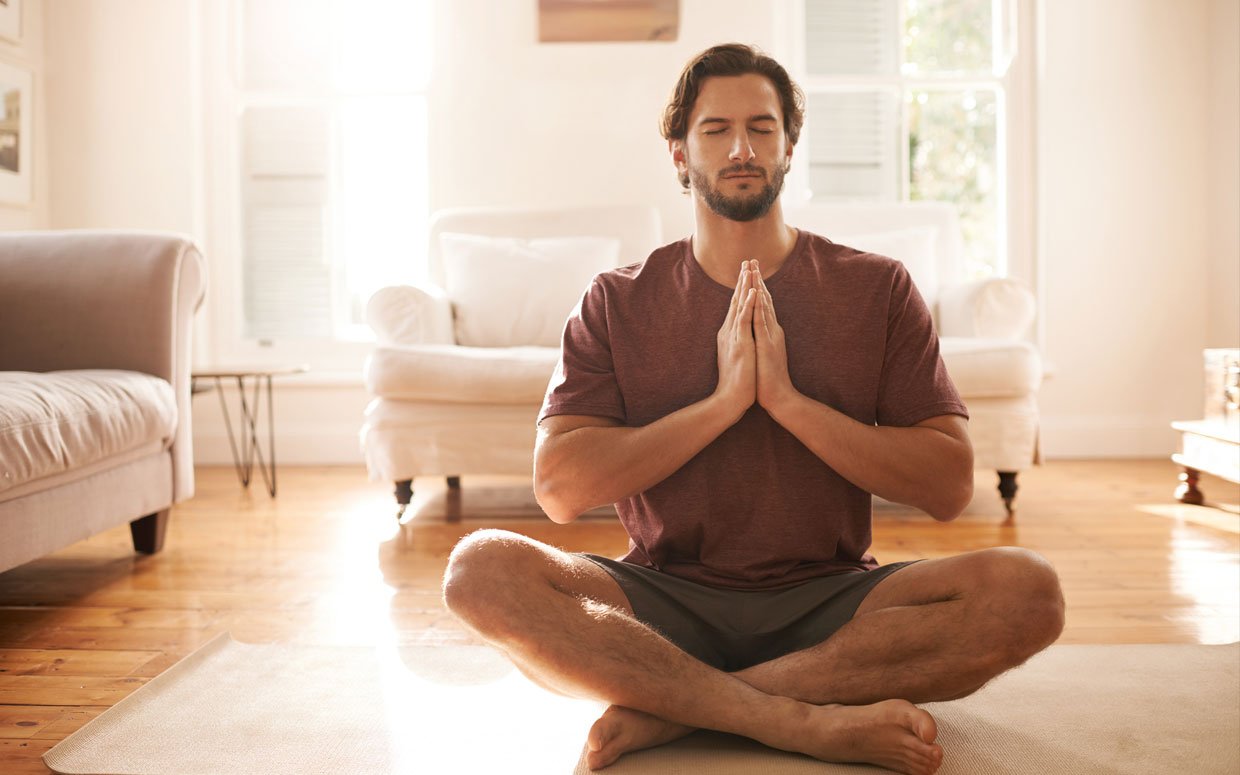Sahasrara, the most common Sanskrit name for the Crown chakra, means ‘thousand-petaled.’
This energy centre controls our connection to spirit, and our sense of universal consciousness, wisdom, unity and self-knowledge. Association with the colour violet reflects the Crown chakra’s link to spirituality and enlightenment.
The Crown chakra stores energies amassed through kind thoughts and actions, faith, meditation and prayer. Here we are able to transcend the material world and commune with the divine. Sahasrara is aligned to seek an intimate relationship with the universe.
Key elements of the Crown chakra
Sahasrara: Thousand petals
Element: The element associated with Sahasrara chakra is thought.
Physical Body: The crown chakra is located at the top of the head, or slightly above – like a crown, radiating upward. Its location means it is closely linked to the brain and the nervous system. Sahasrara is associated primarily with the pituitary gland, secondarily with the pineal and the hypothalamus. The hypothalamus and pituitary gland work together to regulate the endocrine system (all of the body’s biological processes). Energetically, the seventh chakra has a connection with the first chakra – they are bookends of the chakra system.
Emotional Body: Devotion, inspiration, prophetic thought, mystical connections and transcendental ideas come from the Crown chakra. Extraordinary dreams may be messages from your Crown chakra…
Mental Body: When working with the Crown chakra, we divert our attention from ourselves to the world around us. Questions may arise like: How am I connected to the world? How can I gain clarity about my place in the world? How can I better serve the world?
Signs of imbalance
As we’ve learned in previous chakra articles (see below), stress in any layer of the body (physical, mental, emotional and energetic) can cause you to slow down, stagnate or completely go into overdrive. An imbalanced Sahasrara chakra may manifest as confusion, distraction, lack of focus, feeling disconnected from the body or world, or hyper spiritualization (too much meditation!).
Checklist for the Crown chakra
Connect! The more people who connect with the power of this chakra, the greater the shift of our collective consciousness towards a holistic understanding of health, biodiversity and humanity as a whole.
Discover the power within. Understanding that we are responsible for what we create – in turn learn to act, think and speak with love and wisdom – helps us to become happier, healthier and less reactive.
Learn from obstacles and illusions. Seek meaning from physical and emotional obstacles but let them go once they’ve served their purpose or taught their lesson.
How to balance your Crown chakra
Balancing the Crown chakra may help you feel more ease. Mentally, the ability to situate yourself in the world around you brings relaxation and clear-headedness. Increased synergy between the physical and mental allows a deeper connection with the spiritual realm. There are things you can do on and off the mat to strike an equilibrium.
Yoga poses for Sahasrara chakra.
Balance this energy centre with these targeted yoga poses:
Supported Headstand (Salamba Sirsasana)
Plough (Halasana)
Supported Shoulderstand (Salamba Sarvangasana)
Lotus (Padmasana)
Seated Forward Bend (Paschimottanasana)
Reclining Bound Angle (Supta Baddha Konasana)
Chantra mantras or sound vibrations
Om is the Kundalini bija mantra. Chanting OM (pronounced AUM), works on the vibrational frequency of the Crown chakra. Use the breath – breathe in and as you breathe out vibrate the sound OM. This mantra is very powerful and signifies the essence of the ultimate reality.
Mudra for the seventh chakra: The Mudra of a Thousand Petals
In a comfortable seated position, sit up tall. Touch the tips of your index fingers and thumbs together to form a pyramid shape. Allow the other fingers to extend upward, keeping them straight. Raise this mudra to about 6 inches above the top of your head.
Thought is the quality of the Crown chakra
Discover the infinite within, and know that it is one with all outside of your. Working with the top of the head through asana is a beautiful step to help clear the Crown chakra. When we work on the body, tightness and stagnation can come to the surface. If we can find the patience and the wisdom to sit with it and watch it without judgment, we can start to understand the deeper lessons, meanings and connections of everything that arises and then consciously let it go. As a result, we find freedom. Within the Crown Chakra, this means the freedom to deeply connect with all.
Meditation for Sahasrara chakra
Violet is the colour for this chakra. Try visualising it during your relaxation or meditation – perhaps as a glowing halo just above your head. With your eyes closed, imagine the radiance. Let it pulse with the breath, awareness rising up into a column of light, shining back down into you. Draw it in through your crown, to fill your entire body and the space surrounding you, rise back out through the crown, encasing yourself in a sparkling violet spotlight… As you meditate on your crown, visualizing your breath as a beautiful column of violet light – chant the sound OM to connect with all that exists inside and outside of you.






